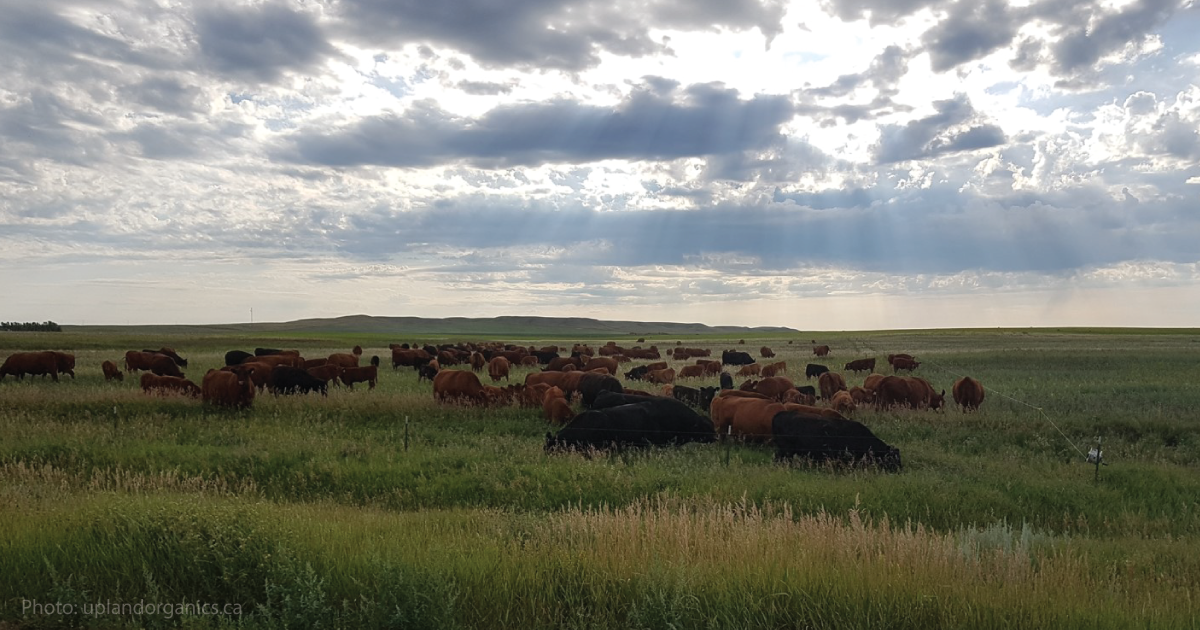
Want a More Sustainable Food System? Focus on Better Dirt
Regenerative agriculture is new way of growing food that’s designed to enhance soil health. Proponents say the practice benefits farmers and food production, while helping to mitigate climate change
October 7, 2020 | Source: The Globe and Mail | by Jordana Feldman
Regenerative agriculture is new way of growing food that’s designed to enhance soil health. Proponents say the practice benefits farmers and food production, while helping to mitigate climate change
Four years ago, Cody Straza went “down the YouTube rabbit hole” of regenerative agriculture. “And I haven’t come up since,” he cracks.
For the past decade, Straza and his wife Allison Squires have been the owners of Upland Organics, a 2,000-acre farm near Wood Mountain, Sask. While their approach to farming was guided by organic principles from the start – Straza and Squires met at the University of Saskatchewan where he was studying agricultural and bioresource engineering and she was completing her PhD in toxicology – they transitioned to a regenerative agriculture farming model in 2016. (Squires went down the rabbit hole soon after her husband did.)
Regenerative agriculture is a system of principles designed to boost the farm ecosystem through the enhancement of soil health. This system is rooted in five pillars – better water management, low or no tillage (mechanical agitation of the soil), crop diversity, year-round cover crops and livestock integration.
